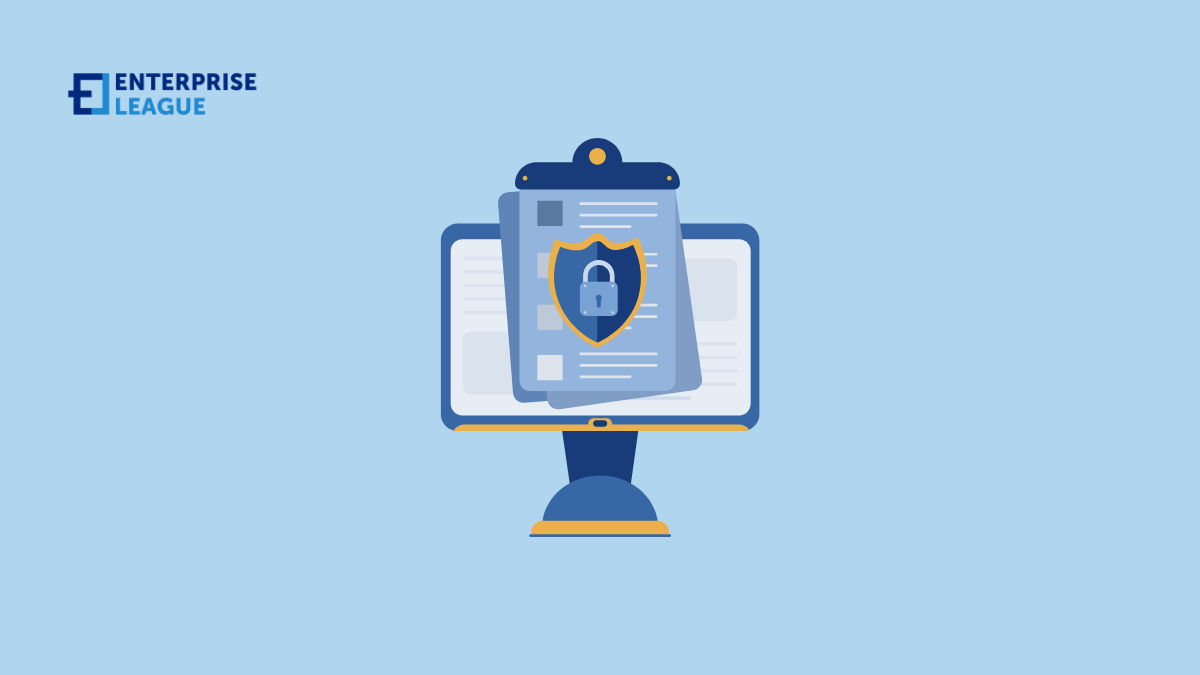Safeguarding sensitive business information is essential for maintaining trust, ensuring compliance, and protecting your organization from financial and reputational harm. To effectively secure critical data, companies need a combination of technology, policies, and employee awareness. Below is an in-depth guide to help you secure your business’s most sensitive information.
Understand what needs protection
Not all data carries the same level of risk. Start by identifying the most sensitive information your organization handles, such as financial records, customer data, intellectual property, and employee details. A comprehensive audit helps map where sensitive information resides, assess its vulnerability, and categorize data based on its sensitivity. Understanding what is at stake is crucial to tailoring your security measures effectively.
Implement strong access controls
Sensitive information should only be accessible to those who genuinely need it. Employ the principle of least privilege. This is when access is granted based on specific roles and responsibilities. Role-based access controls (RBAC) guarantee that employees only have access to the data necessary for their tasks. To add another layer of security, use multifactor authentication. MFA requires users to safely verify their identity through several methods.
Encrypt your data
Encryption ensures that even if data is unfortunately intercepted, it cannot be read without the applicable decryption key. Use strong encryption protocols like AES-256 for data at rest (when stored on servers and devices) and in transit (being sent over networks). This is especially important for sensitive data transferred via the Internet, such as financial transactions and personal details.
Train employees in cybersecurity
Your team can make or break your security, no matter how many fancy tools you have. Most of the time, hackers get in because someone clicked a sketchy email link or used “password123” to protect sensitive data. That’s why it’s so important to keep your team in the loop with regular training.
Show them what those sneaky phishing emails look like, help them create passwords that actually work, and make sure they understand why all these security rules matter. When your team knows what they’re doing, they become your best defense against hackers.
Use secure communication channels
Sensitive business information often needs to be shared internally and externally. Secure email platforms and encrypted messaging services should be standard for your organization. For remote workers or those accessing company resources on public Wi-Fi, using a Virtual Private Network (VPN) is essential.
VPNs encrypt internet connections, safeguarding data from interception. To learn more, check out What is a VPN, which explains how VPNs work and why they’re critical for secure communication.
Deploy data loss prevention (DLP) solutions
Data Loss Prevention tools monitor and manage the flow of information within your organization to prevent unauthorized sharing or accidental leaks. These solutions can restrict employees from emailing sensitive data to external addresses or copying critical files to USB drives. DLP tools also provide alerts for suspicious activities, helping you respond quickly.
Regularly update and patch systems
Outdated software and systems often harbor vulnerabilities that hackers exploit. Regularly updating all software ensures you’re protected against the latest threats. Implement an automated patch management process to keep systems up-to-date without manual intervention. Include operating systems, third-party applications, and firmware in your patching strategy. For centralized control across dispersed endpoints, Acronis’ cloud patch management lets IT teams automate OS and third‑party application updates, prioritize critical patches, and track compliance minimizing the window of exposure from unpatched systems.
Conduct security audits and vulnerability testing
A proactive approach to security involves regular audits to identify weaknesses before attackers do. Penetration testing simulates real-world cyberattacks to uncover vulnerabilities, while vulnerability scans check for outdated software or misconfigurations. Use the findings to continuously improve your security framework.
Limit personal device usage
Your employees’ personal devices might be great for posting on social media, but they’re probably not ready for handling sensitive work data. To fix this, set up some basic security rules everyone needs to follow if they want to use their own phone or laptop for work. We’re talking antivirus protection, encryption, you know, the stuff that keeps the bad guys out. For devices handling company data, having robust protection like Bitdefender free antivirus is essential on Windows systems, its AI-driven technology helps guard against emerging threats without slowing down employee productivity.
And one pro tip is to get some MDM software to help manage all this. It’s like having a remote control for every work-connected device, if someone loses their phone, you can wipe the work stuff off it before it falls into the wrong hands.
Develop a comprehensive incident response plan
Even with the best security, stuff can still go wrong. That’s why you need a game plan for when things hit the fan. Think of it as your security fire drill, everyone needs to know exactly what to do if someone breaks in: which systems to shut down, who to tell about it, and how to get your data back. The better you practice this plan, the less time you’ll spend scrambling when there’s an actual problem.
Conclusion
Securing your business info might seem like a lot of work, but it’s way less painful than dealing with a data breach. You don’t have to do everything at once, just take it step by step. Start with what matters most to your business, get your team on board, and keep building from there. The truth is, that cybersecurity is just part of doing business these days. But now you’ve got a solid foundation to work from, and you know what to focus on first.
More must-read stories from Enterprise League:
- Innovative customer appreciation ideas for small businesses.
- The only list of novels for entrepreneurs that you will ever need.
- Foretelling: transform your business by predicting future trends.
- Engaging online networking events that you should not miss.
- Innovative small business growth tips that will take you to the next level.
Related Articles
Workers’ Compensation Costs for Factory and Warehouse Forklift Accidents
Forklifts play a central role in day-to-day operations across factories and warehouses, but they also create a significant risk of injury. When a forklift overturns, strikes a pedestrian, or drops a load, the financial impact reaches far beyond the immediate medical...
Delayed Construction Injury Reports: Impact on Workers’ Comp
Construction work carries unavoidable risks, which is why workers' compensation exists to protect employees after an injury. But one factor can alter the entire outcome of a claim: delayed reporting. In the construction industry, where injuries often occur in...
Sponsoring Employees for Green Cards: Small Business Considerations
For many small businesses, sponsoring a foreign employee for a green card can be a strategic investment. As industries grow more competitive, retaining skilled workers becomes increasingly important. Green card sponsorship offers long-term stability for both employer...
Workers’ Compensation Costs for Factory and Warehouse Forklift Accidents
Forklifts play a central role in day-to-day operations across factories and warehouses, but they also create a significant risk of injury. When a forklift overturns, strikes a pedestrian, or drops a load, the financial impact reaches far beyond the immediate medical...
Delayed Construction Injury Reports: Impact on Workers’ Comp
Construction work carries unavoidable risks, which is why workers' compensation exists to protect employees after an injury. But one factor can alter the entire outcome of a claim: delayed reporting. In the construction industry, where injuries often occur in...






